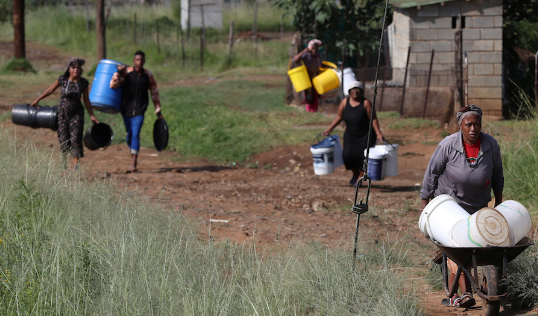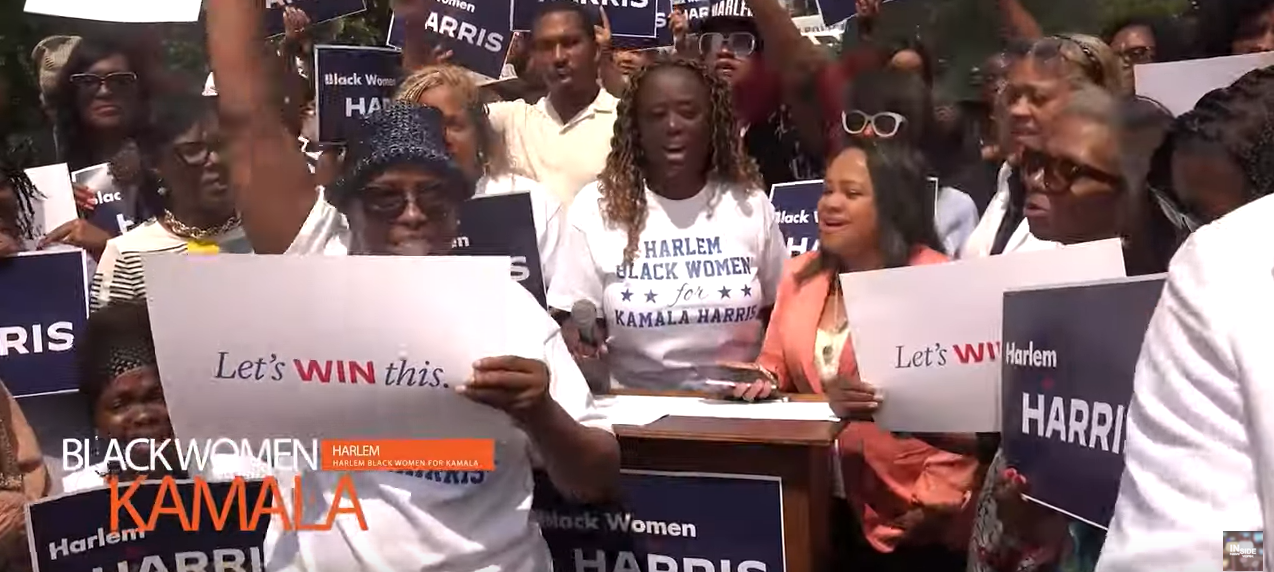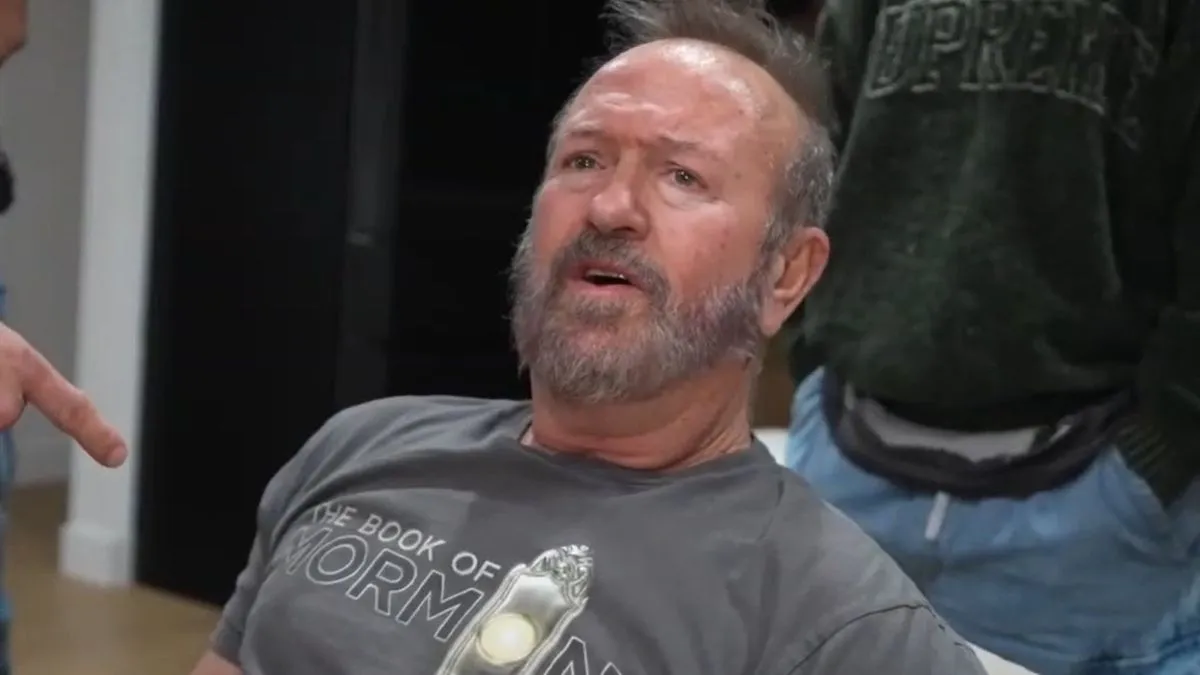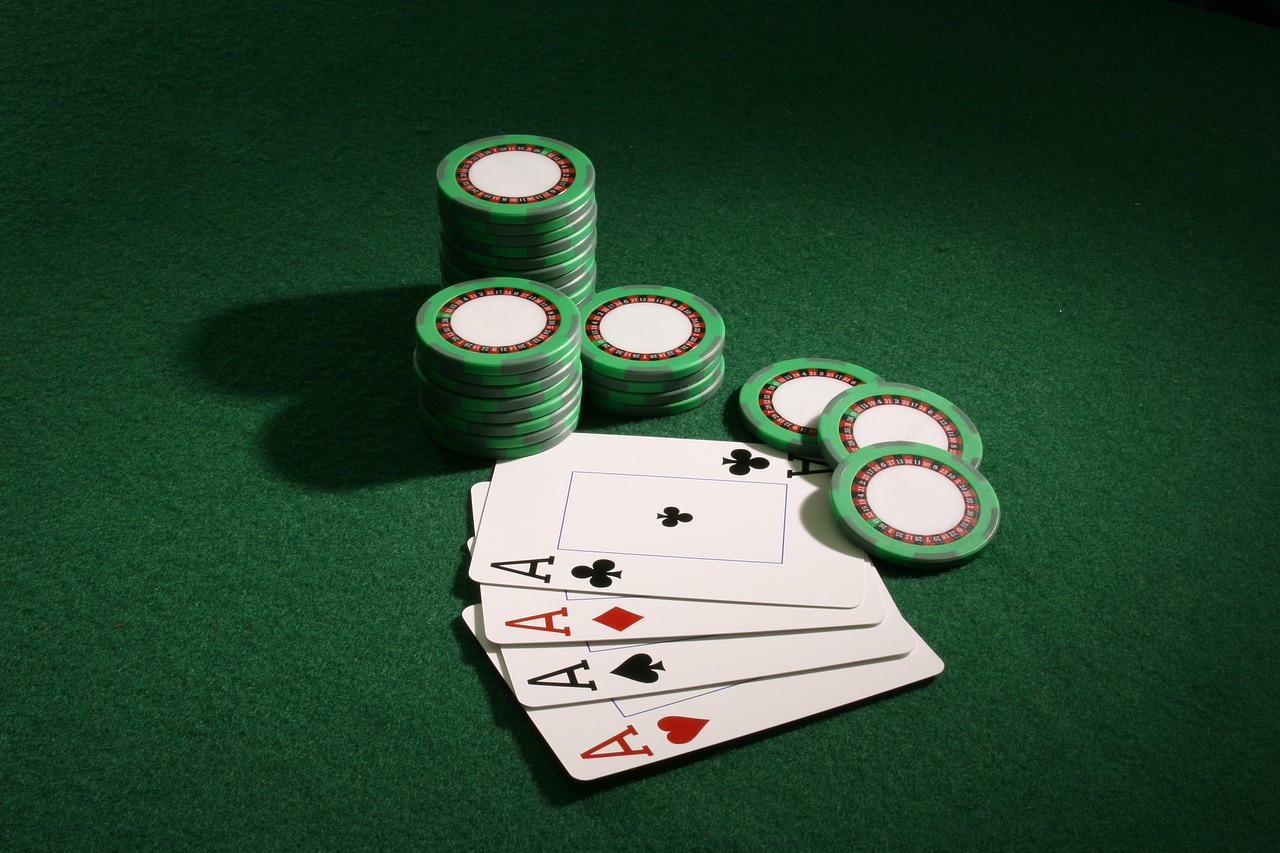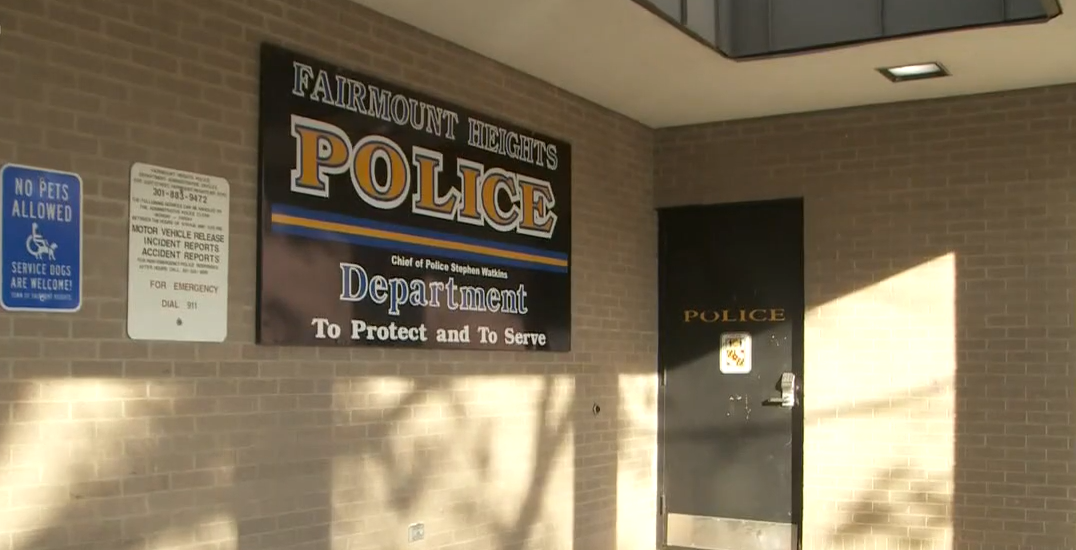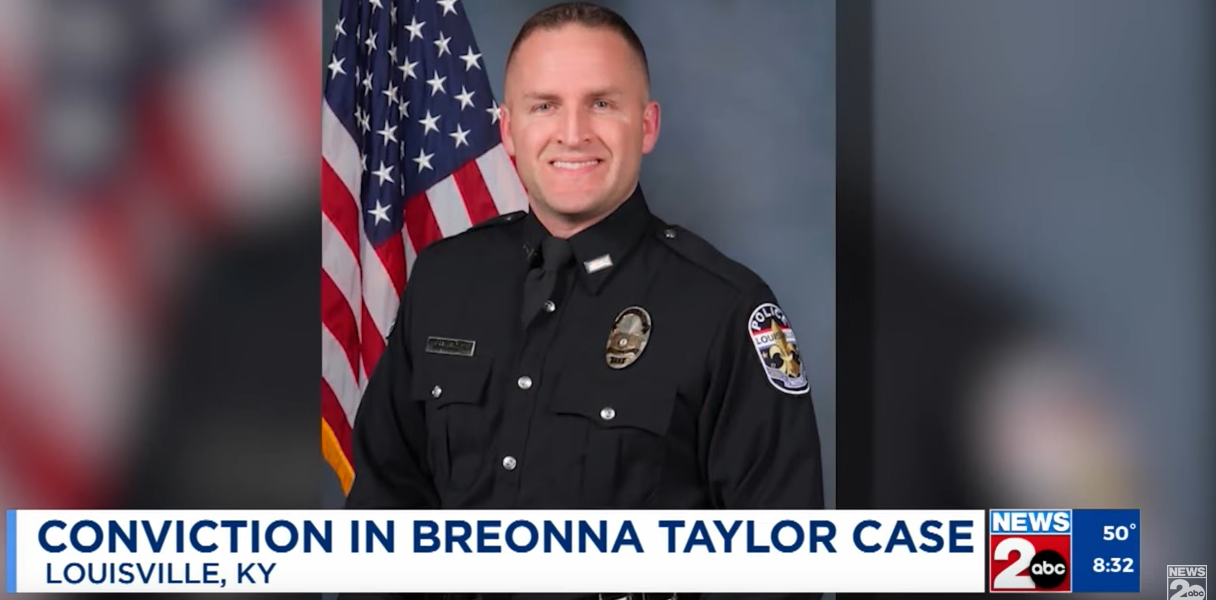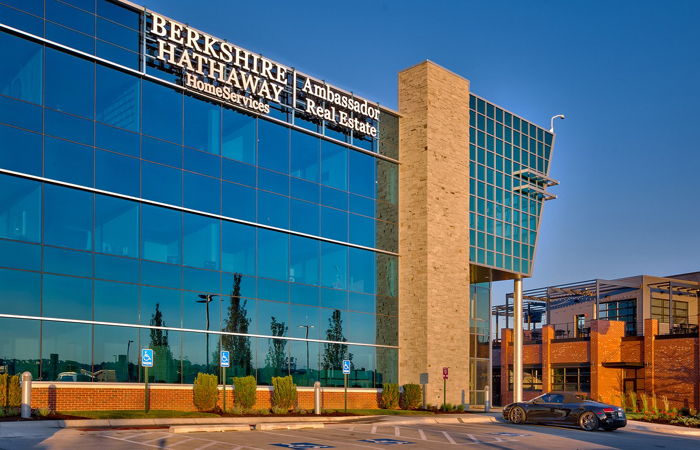[Water Shortage\Water Pollution\South Africa]
Phindile Mbele: “We rushed down there. She was still under the water… Two boys from the neighborhood went in and one carried her out. The house is empty without her. She was such a sweet, quiet child.”
Photo: Facebook
Last month’s drowning death of an eight-year-old girl, in South Africa, sparked a water riot in the Mandela Park township.
Eight-year-old Musa and her older sister Moleboheng trudged down the ravine with buckets and drum bottles to fetch water from a filthy stream because they were thirsty and tired of waiting for trucks meant to deliver emergency water that never showed up.
But Musa never returned, her mother Phindile Mbele recalled, choking back tears. The little girl drowned in the stream, which is thick with sewage, mud and algae, probably pulled down by a strong underwater current.
“We rushed down there. She was still under the water… Two boys from the neighborhood went in and one carried her out,” Mbele said. “The house is empty without her. She was such a sweet, quiet child.”
Musa’s death last month further enflamed the mood among residents of Mandela Park township on the edge of Qwaqwa in South Africa, turning intermittent protests over water shortages into a full-blown, week-long riot.
Protesters torched shops, overturned government vehicles and hurled bricks and bottles at riot police who responded with rubber bullets.
South Africans have protested for years over unreliable supplies of water and power, but chronic mismanagement has been compounded by the effects of last year’s drought, the worst in a century, which has been linked to climate change.
“It rains here all the time but they say there’s drought. Then how did that little girl drown because that stream was full?” said Malgas “Skinny” John, 39, who used rocks and burning tyres during the January riot to barricade the road leading into Qwaqwa in a face-off with police.
“We have to strike and burn things, only then do we get water,” said the unemployed father of two, as he queued with neighbors to fill his container from a water truck.
“We’ll do it again, we’ll keep burning things if we have to,” John added.
Officials fear riots like the one seen at Qwaqwa could be a sign of worsening climate-linked instability to come, as dams and water pipes deteriorate further and the urban population continues to mushroom.
South Africa’s water minister Lindiwe Sisulu has promised 3 billion rand ($203 million) to end the shortages in Qwaqwa. Its municipality owes half a billion rand for water, out of a national unpaid bill of nearly 9 billion rand.
But even Sisulu’s own department has a 3.5 billion rand shortfall in maintenance funds, which it says risks a “detrimental impact on the national economy”, especially if water supplies to the thirsty power utility Eskom and liquid fuel maker Sasol are disrupted.
“We’ve been drinking this brown, filthy water since 2016,” said little Musa’s mother Mbele. “Nothing will change. I know, soon, I will have to go the same stream where my daughter died to get water.”
Reporting by Mfuneko Toyana. Editing by Gareth Jones.

